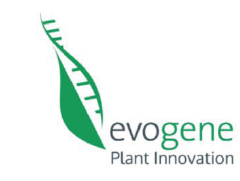
Once identified the best enzymes, it’s time to study them in their context: the carbon positive CO2 fixation pathway. “We want to make sure the enzyme can work well as a team. It’s like in football, you might have great individual players but to score you need a good teamwork, too. Sometimes it makes sense to take out one of the best players and substitute with another option because it interacts better with the rest of the team” explains Tobias Erb (MPI-MP).
To test the interplay of the individual enzymes, the CO2 fixation pathway is first recreated in vitro: a small vessel containing all the ingredients necessary to the pathway i.e. the individual enzymes, the chemical energy (ATP) and its reducing equivalents (NADPH), other cofactors that help the enzyme to exert its function, and a buffer that mimics the cell environment.
The pathway performance is then quantified by measuring the variations in the concentration of the ingredients. This is done by using highly sensitive mass spectrometers that can accurately quantify the amounts of substrates, intermediates and other metabolites for all the reactions that are happening in the vessel.
The team of FutureAgriculture has already tested in vitro the effect of the newly designed pathway onto the CO2 fixing-machinery of the plant. The outcome was extremely encouraging as the pathway showed a beneficial effect on the plant metabolism. This is the very first proof of principle that the pathway is able to improve plant metabolism in the lab condition, and that the pathway if transplanted in vivo has the potential to positively affect plant growth.






